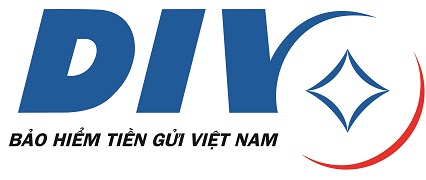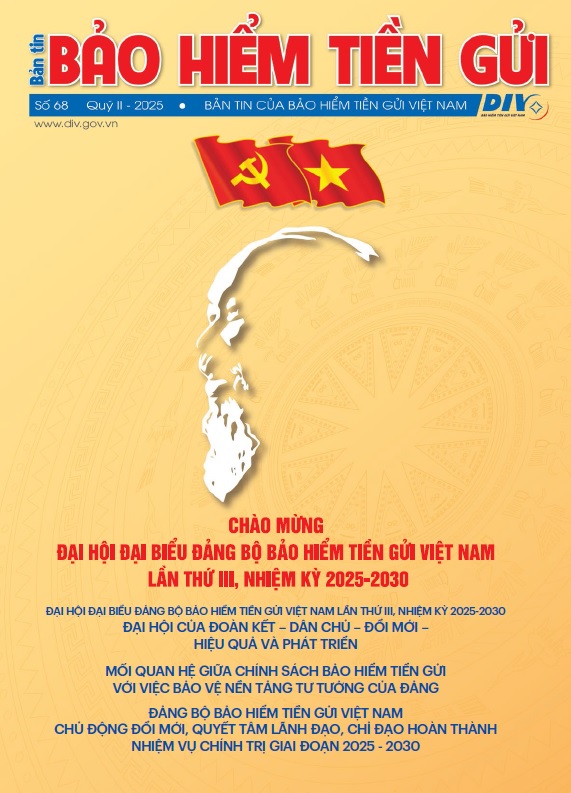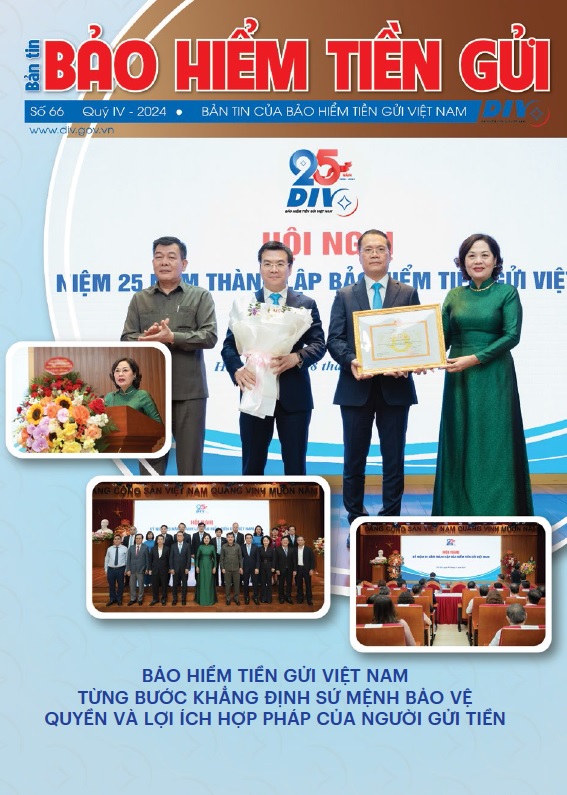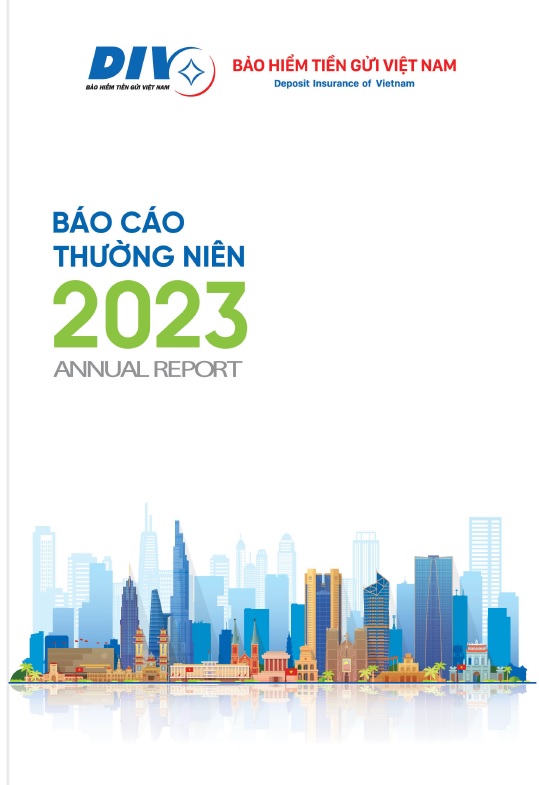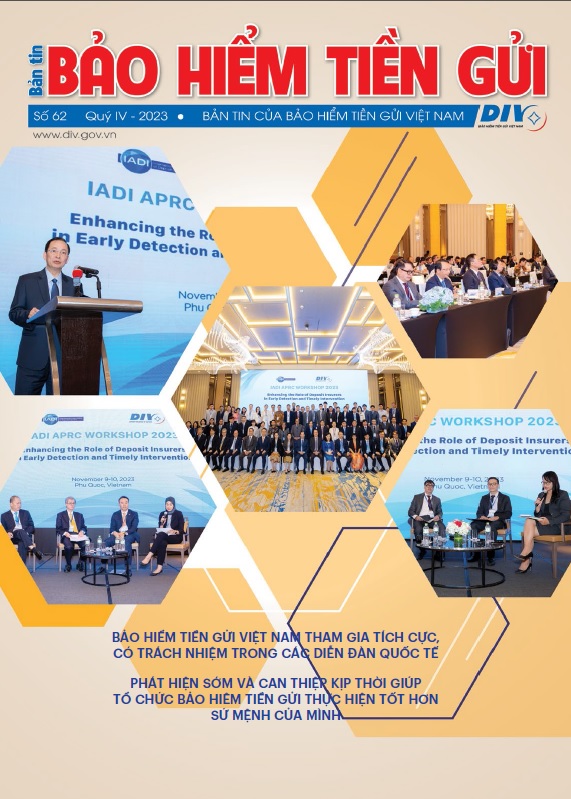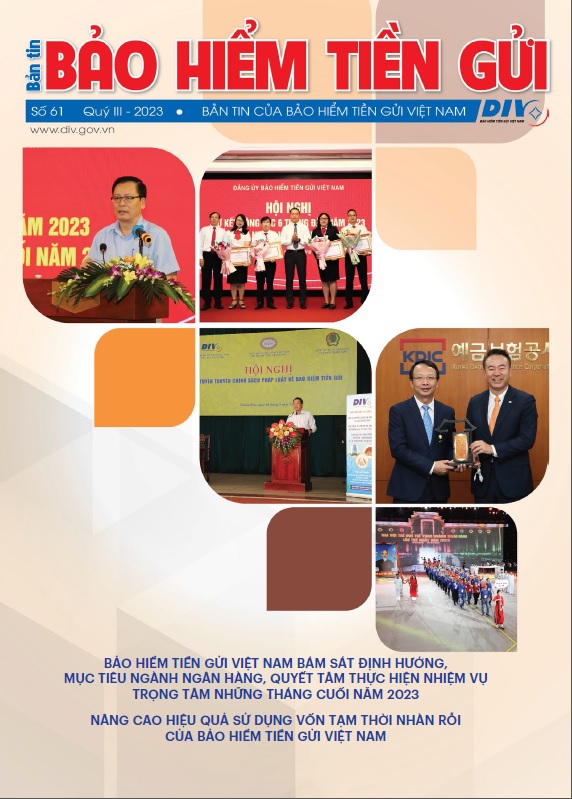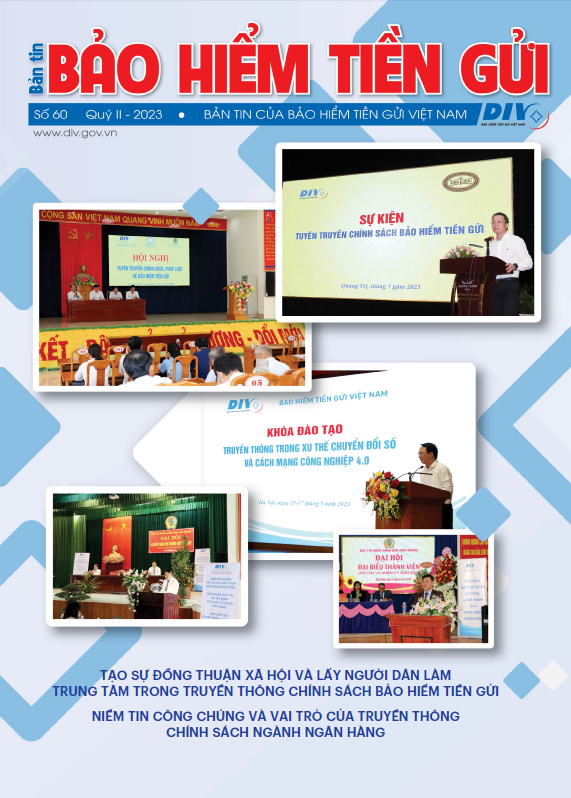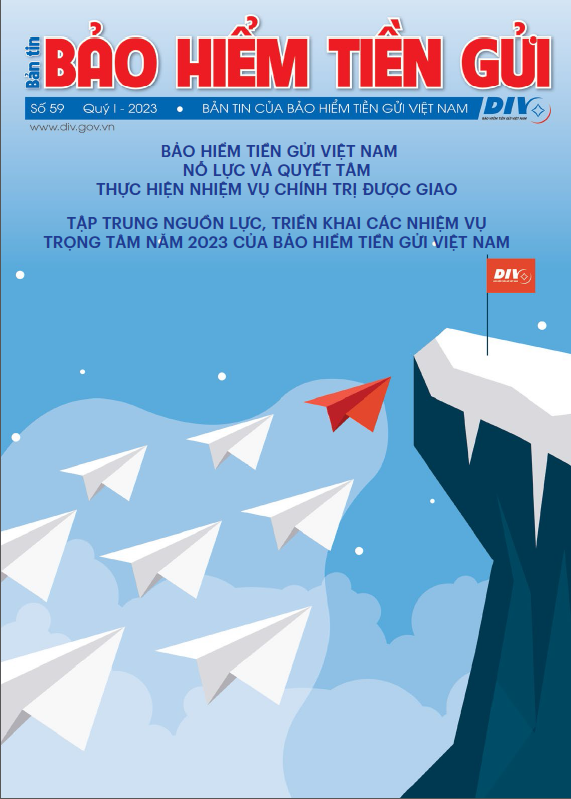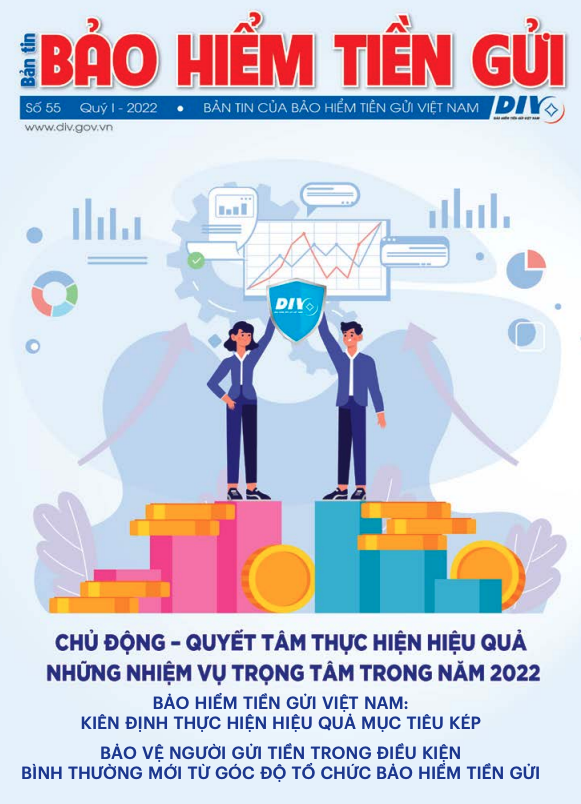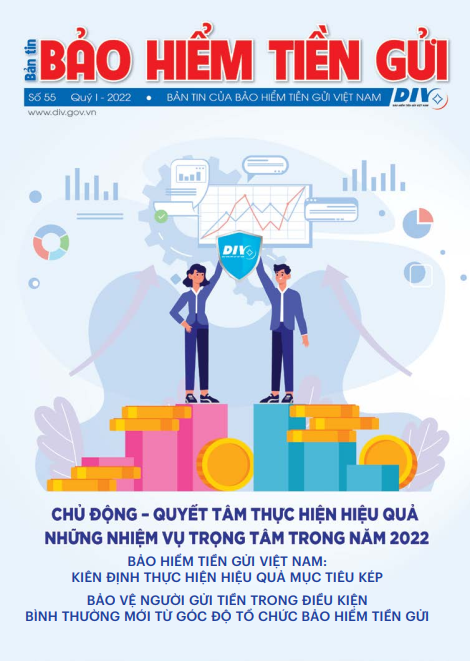 According to the draft law amending and supplementing a number of articles of the Law on Credit Institutions, which is being discussed at the 4thSession of the 14thNational Assembly, the Deposit Insurance of Vietnam (DIV) will be assigned some additional tasks such as participating in the assessment of problem institutions rehabilitation plan, providing financialassistance to smallcredit institutions, etc. On this occasion, the Bank Times correspondent had an interview with Mr. Nguyen Quang Huy – the Chairman of the DIV about the issues mentioned above.
According to the draft law amending and supplementing a number of articles of the Law on Credit Institutions, which is being discussed at the 4thSession of the 14thNational Assembly, the Deposit Insurance of Vietnam (DIV) will be assigned some additional tasks such as participating in the assessment of problem institutions rehabilitation plan, providing financialassistance to smallcredit institutions, etc. On this occasion, the Bank Times correspondent had an interview with Mr. Nguyen Quang Huy – the Chairman of the DIV about the issues mentioned above.
Could you please share some information about the financial resources of the DIV?
The capital of the DIV is accumulated from four sourcesincluding chartered capital granted by the State, annual insurance premium collection, revenue from temporarily idle capital investment and other sources of revenue as stipulated by law. Among all, deposit insurance premium collection contributes a majoramount to the financial resources of the DIV.
At present, how are the deposit insurance premiums being collected, sir?
The DIV is collecting deposit insurance premium from insured institutions with a flat rate of 0.15% of the average deposit balance of insured deposits at insured institutions.
The Law on Deposit Insurance passedby the 13thNational Assembly in 2012 stipulates the assessmentand collection of deposit insurance premium on the basis of assessment and classification of insured institutions. Could you please tell us how the conversion of the premium collection method should bedone?
According to the 2014 annual survey conducted by the International Association of Deposit Insurers (IADI) , more than 60% of the deposit insurers applied flat rate premiums system, and almost 30% of the deposit insurers applied differential premium system (also known as premium systemon the basis of assessment and classification of insured institutions), and approximately 10% of them applied both forms in parallel. The United States is one of the countries that have applied differential system while other countries such as Japan, India and Thailand, etc. are still applying flat ratepremium system.
The differential premium collection has the advantage of ensuring the equality for insured institutions, as the institutionsthat perform better with lower risks will enjoy lower rates of premiums and vice versa. Thereby it would encourageinsured institutions to consolidate and improve risk management efficiency. Moreover, the risk tothe DIV's capital would also bereduced as payout cases may decrease.
However, to apply differential premium system, every country has to have thorough considerations with an appropriate conversion roadmap. In some countries that have already applied differential premiumsystem, the preparation time usually takes 3 to 5 years.
So, how is the DIV doing in heading towards the application of differential premium system, sir?
The process of building a new premium collection system has to go through many steps: studying international experiences and reality of Vietnam, consulting relevant agencies, consulting insured institutions and testing calculations.
In recent time, the DIV has actively researched and proposed to develop a reasonable roadmap for the implementation of the risk-based differential deposit insurance premium system. In particular, the DIV has been completing the research, building project and testing the calculations, preliminarily assessing the impact of applying the system of differential premium collection, thereby proposing appropriate options to the SBV. We will proactively coordinate with relevantauthorities under the direction of the SBV and the Government to complete this project carefully, with full calculations, avoiding adverse impacts on the market.
What should be noted as important points for the application ofdifferential premium collection on the basis of assessing and ranking insured institutions?
To adoptrisk-based premium system , the assessment and classification of insured institutions is very important. This process must be ensured to be transparent and in line with international standards based on input data provided by insured institutionsand the institutions should beentitled to give opinions on the classification for themselves.
With respect to the method of premium calculation, in addition to the risk of each insured institutions, premium rates should be calculated in relation to the impact of the risk on the whole system so that the rates are clearly differentiated.. This can ensure fairness, maintain market discipline, and helpinsured institutions deal with risks and improve capital ratioswithout putting too much financial pressure on these institutions.
In addition, the DIV should prepare necessary resources to ensure good managementof differential premium calculation and collection system, especially for human resource and information technology.
International experiences show that the conversion from a flat ratepremium system to a differential premium systemhas to take into account and well handle adverse effects. The conversion process should be startedwhen the banking system is in a safe, sound and lessrisky condition.
Thank you Sir!
According to: "http://thoibaonganhang.vn"
